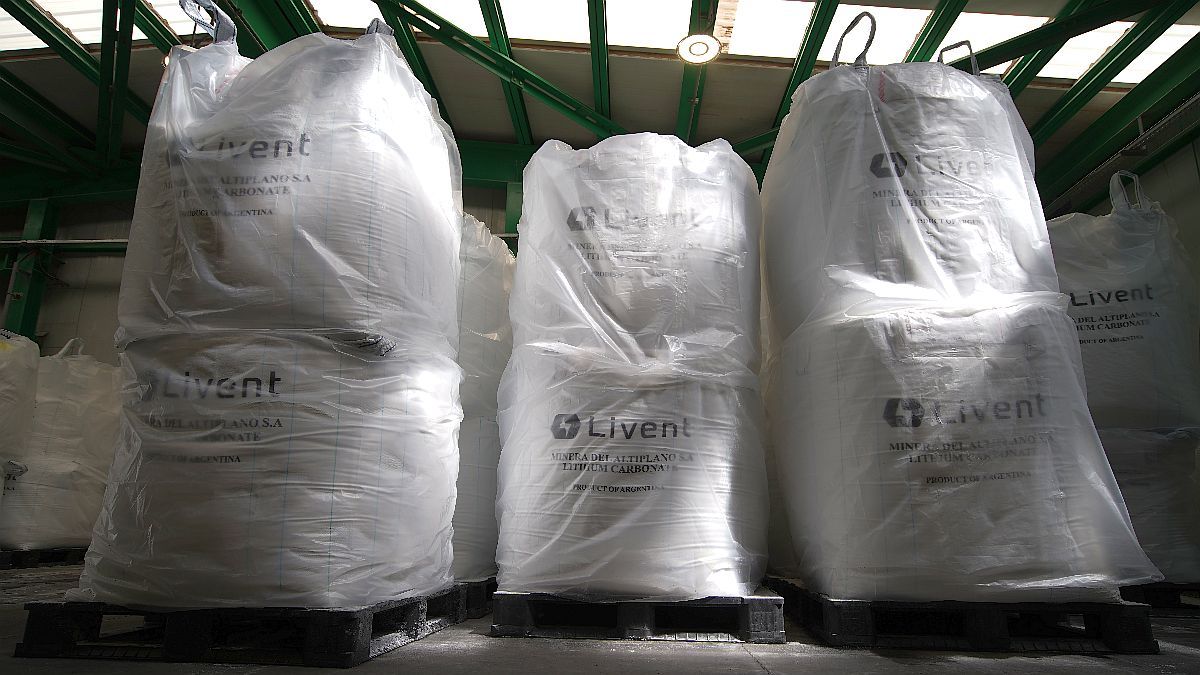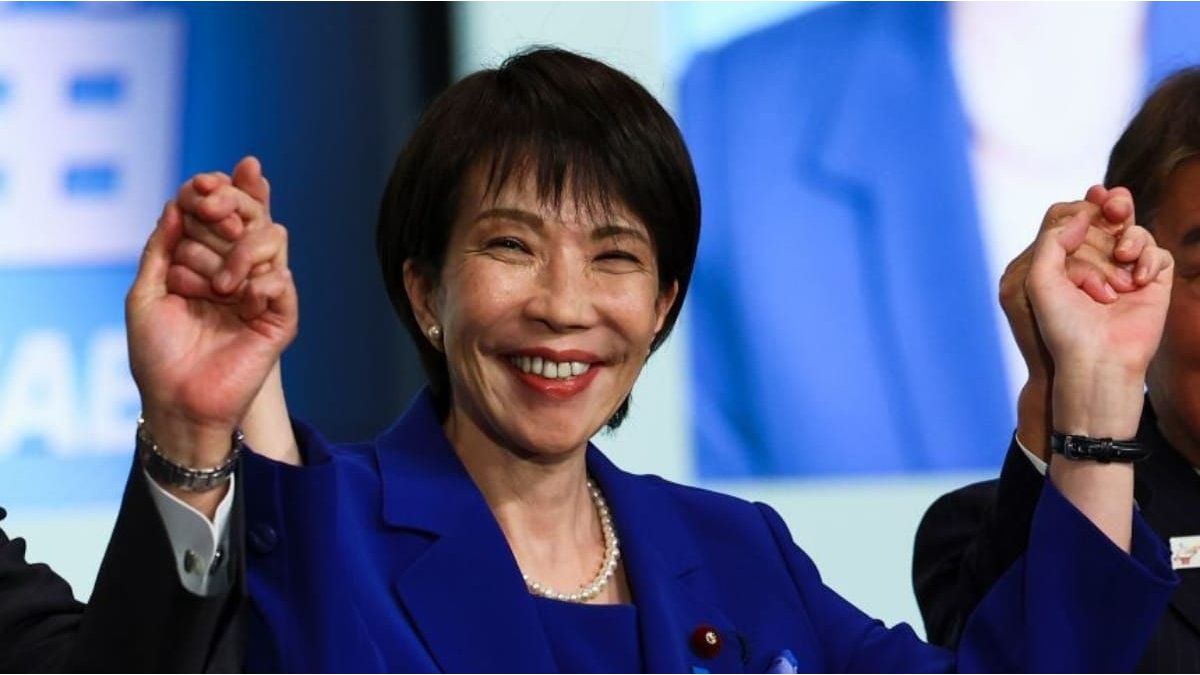The Anglo-Australian mining company Rio Tinto buys Arcadium Lithium by US$6.7 billion in cash to become one of the largest producers of lithium of the world.
Worldwide Arcadium owns 1,300 employeesmanages resources in Argentina and Australia and operates conversion plants in USA, China, Japan and the United Kingdom. It also has production projects in Canada. In the last 11 months, due to the fall in the price of lithium, its market capitalization value fell from US$10,000 million to US$2,000 million. However, the works do not stop – they do slow down – and expectations for a market recovery remain on the rise.
As far as he could know Energy Reportthe sale includes all operations of Arcadium in Argentina: Fénix and Sal de Vida Project, in Catamarca; Olaraoz I and II and Cauchari, in Jujuy.
“At a time when the drop in the international price of lithium caused the expansions planned by Arcadium to be staggered, this is very positive news for the country, it means an injection of investments so that the projects not only continue, but expand,” a source with knowledge of the purchase operation told this medium.
In principle, the purchasing process, which is estimated to take at least three months, does not imply any government intervention from the national or provincial governments. They are only notified. The intention is to adhere to the Large Investment Incentive Regime (RIGI) as many works as possible.
To do this, in the short term we will seek to create the Single Project Vehicles (VPU) necessary, as established by the RIGI regulations. VPUs are “companies” that are created to carry out a large productive work and are subject to rights and obligations.
What lithium operations does the sale of Arcadium to Río Tinto imply?
After the Merger of Livent and Allkem, Arcadium Lithium has two production units in Argentina and two projects under expansion or development. In Jujuy it has 66.5% of Olarozin operation and continuous expansion since 2014. Also in that province they added in April 2020 the Cauchari projectwith a chemistry similar to that of the nearby Olaroz.
Furthermore, now the Catamarqueño belongs to him Salt of Life. But the oldest is the Phoenix Project, located in Salar del Hombre Muerto de Catamarca, more than 4,000 meters above sea level, which began activities in 1992 under the seal FCM Corporation and began production in 1997 with the patented Direct Extraction technique.
Phoenixwhich before Arcadium was from Liventtoday it has a production of 20,000 metric tons of lithium carbonate on site and another 9,000 metric tons of lithium chloride in the town of Güemesan external plant found in the plain of Jumpand which also opened its doors during the journalistic tour. That lithium chloride High purity is mainly used as raw material for other products for specific use. Instead, the carbonate goes to lithium-ion batteries in electrical devices.
How much and how Rio Tinto will pay for Arcadium
As officially reported by the Australian mining company, The acquisition will be carried out through an all-cash transaction for US$5.85 per share.
“It represents a 90% premium to Arcadium’s closing price of $3.08 per share on October 4, 2024, a 39% premium to Arcadium’s volume-weighted average price since Arcadium was created on January 4 2024, and values Arcadium’s diluted share capital at US$6.7 billion,” detailed the document accessed Energy Report.
Rio Tinto wants a “world-class lithium business”
The decision to buy Arcadium It is part of a global strategy of the multinational Rio Tinto to “create a world-class lithium business”, how they define it. The sale is expected to close mid-2025.
And it is no coincidence that last week, Río Tinto announced its intention to build a lithium carbonate plant in Salta, as part of its strategy to expand its participation in the critical minerals market.
He was the CEO of Rio Tinto himself, Jakob Stausholmwho personally made the announcement in London to the governor of Salta Gustavo Saenzwithin the framework of the LME Week event: LME 2024 Metals Seminar. The company notified the president that it will join the RIGI, with the aim of producing 50,000 tons of lithium carbonate per year.
image.png
The project will represent a investment of US$2,000 millionmaking it one of the largest industrial initiatives in the region. The plant is scheduled to begin construction next year and is expected to boost economic development in the area, generating employment and fostering technological innovation in sustainable mining.
During the meeting Sáenz thanked the CEO of the company for trusting Salta since said project “It will develop an opportunity to promote economic growth, generate employment and position Salta and the region as a key player in lithium production worldwide.” It also aims to implement sustainable technologies to minimize the environmental impact during the extraction and processing of the mineral.
Rio Tinto is the second largest mining and metallurgical company in the world, with operations in 35 countries. The first is the Australian BHP, which recently announced the purchase of the Josemaría and Filo del Sol copper projects in San Juan. It is evident that the mining giants are focusing their sights on Argentina.
News in development.-
Source: Ambito




